Fedora hats and boater hats are commonly confused with one another. Panama hat style are also thrown in the mix of confusion. It’s easy to see why, because they have many similarities.
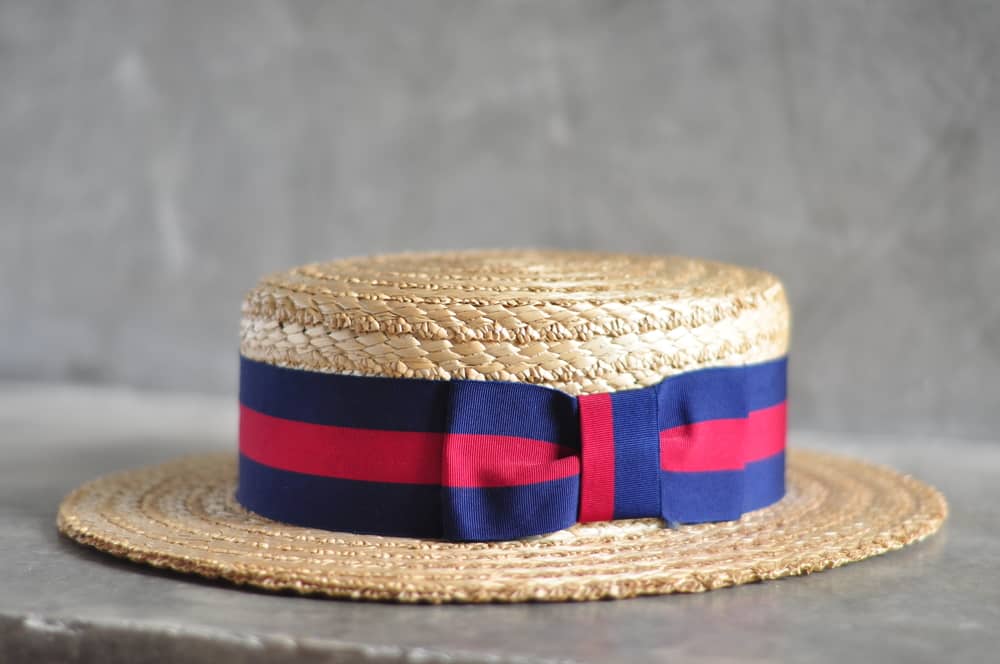
Fedora hats and boater hats are commonly confused with one another. Panama hat styles are also thrown in the mix of confusion. It’s easy to see why, because they have many similarities.
Below is a list of a few of the most similar characteristics shared by these two types of hats. What exactly is the difference between boater hats and fedoras? Let’s find out…
Table of Contents
Fedora vs Boater Hat
Fedoras are a felt hat, while boater hats belong to a different family. Some say that the fedora hat is the formal version of a cowboy hat, that’s debatable.
Fedoras are designed today much as they have been for almost 100 years — with trilby-like style brims and soft crowns and made from lightweight, crushable materials. Boaters feature a hard shell top, stiffer crown, and brim — creating a look that’s more of a sailor than a fedora. Many traditionalists consider only the soft-crowned variety to be true fedora hats.
The distinguishing characteristic of a boater hat is the flat circular crown. The flat cap can fit a bit snug, depending on the hat size. It also tends to be made from straw or some other pliable organic material.
A fedora hat, on the other hand, has an indented crown and is typically made from stiffer, less pliable materials like felt or wool.
In addition, a boater hat retains its shape because of a band or wire running vertically around the inside of the crown whereas a fedora tends to be shaped by folding different panels of felt over one another.
Fedora hat traits

- Indented crown and soft brim on this hat
- “Pinned” at both sides near the front of the crown and along the length of the crown
- Besides teardrop crowns and diamond crowns, fedoras can also have center dents and center dents with various pinching patterns
- Crowns typically measure 4.5 inches (11 cm) high
- There are typically 2.5 inches (6.4 cm) of brim on a fedora hat
- A raw-edged mattress can be left as-is (unfinished)
- Wool, cashmere, rabbits, and beaver felts are common materials for fedoras
Pros:
- Can be worn for casual or formal occasions
- Looks good on male or female
- Goes with many styles of dress
- Can be found in many colors
- Can be found in different fabrics
Cons:
- Modern-day makes are not always quality
- Not always easy to find in stores
- Ordering online makes size and fit challenging
Boater hat traits
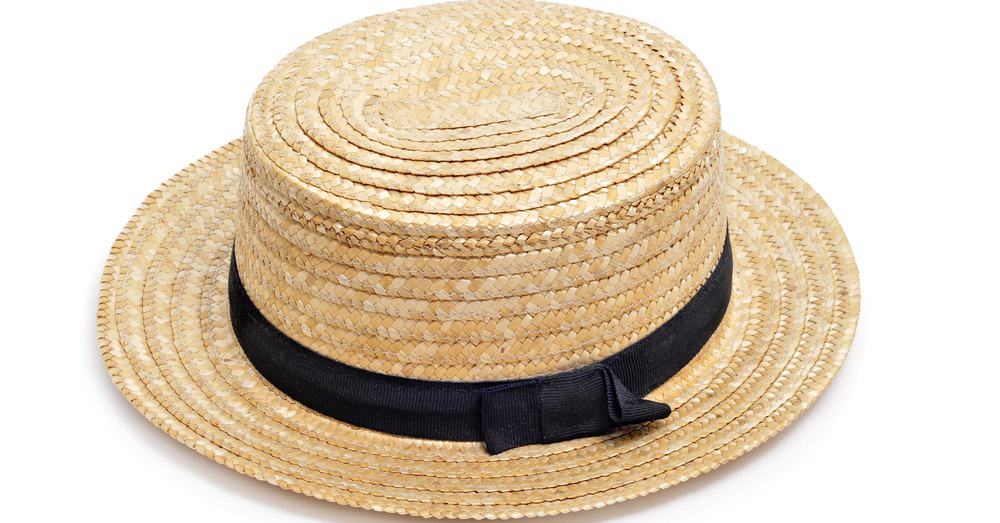
- Hat for men (traditionally) is a semi-formal style
- The straw that is stiff and sennit
- The crown and brim are stiff and flat
- Around the crown should be a grosgrain ribbon that is solid or striped
Pros
- Is now a style for men and women
- A good period piece for costume parties and plays
- Many inexpensive choices on the market
- Typically, made from all-natural materials
Cons:
- Brim can be flimsy
- Sizing can be tricky (even with one-size-fits-all)
- If ordered online, it can come a little damaged
The main and maybe only noticeable similarity is that though the fedora is most known for being of felt, it can come in straw form like the boater.
Fedora
The fedora is a hat that is designed for both men and women but is most commonly worn by men, nowadays. The fedora is a round felt hat that is pinched and pulled down in the front to cover the head. The hat has a wide brim and a thin stiffened brim all around the edge that signifies good workmanship and quality.
When choosing the perfect fedora you must consider what color you would like your fedora to be. You can also indulge in a straw fedora hat.
Brief history
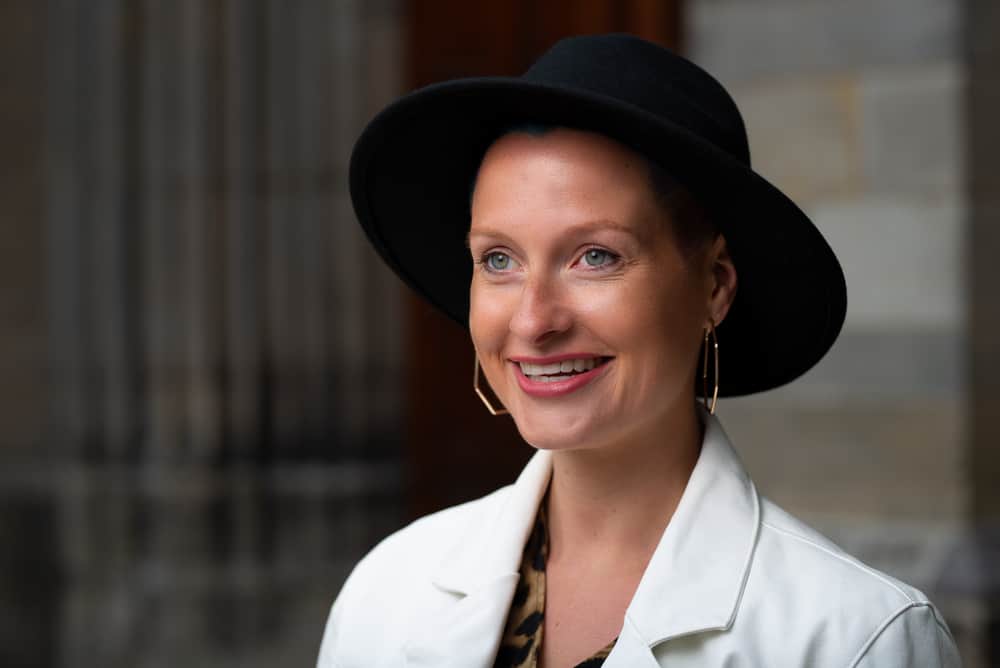
Moreover, why are fedoras called fedoras, and why do they need to be named fedoras? Before the fedora became one of the hats worn by men, it was a hat worn by women. A playing entitled “Fédora” created by French playwright Victorien Sardou was the most notable creation in that particular year.
Princess Fedora Romanoff was a leading role he composed for Sarah Bernhardt, a well-known entertainer at the time. The hat they wore was a soft, wrinkled, middle brimmed one with a middle hole in the middle. As soon as the hat became popular among women at large, it, particularly among women’s rights activists, became a well-known style.
The hat began to be worn as an option as opposed to the Homburg hat in 1924, when Prince Edward, the Prince of Wales at that time, started to wear it. At the time, there were many other styles of clothing and embellishments to choose from, however, Emperor Homburg was the standard style at the time.
In addition, the sovereign possessed high regard for fashion and gave a great deal of attention to the fedoras, so that they became popular among men, and even replaced the bowler hat, the flat cover, and formal hats.
The reason we wear it is mainly as insurance against harsh weather conditions, but also as an adornment of taste. It is no surprise that it is not surprising that many conventional Jews in the main many years of the twentieth century wore dark fedora hats as a part of their everyday attire, as they actually wear enough of them as it is nowadays.
It is generally associated with Prohibition and criminals due to the tallness of the fedora, which was predominant in the 1920s. The popularity of fedora hats in noir films in the 1940s and 1950s lasted for much longer than casual clothing did during the last part of the 1950s. There was a return of this phenomenon in the 70s, in the 80s, and in the 2000s as well.
Fedora hats and trilby hats were so in style because not only were they fashionable, but they were also very reasonable. In addition, they can also be collapsed and put away without losing their shape. However, the fundamental reason for the consistent reemergence of the fedora in the fashion industry needs to be traced back to the media and its effects on individuals.
During the 1940s and 1950s, Hollywood brought back the fedora hat by creating films in which Humphrey Bogart, Cary Grant, and Frank Sinatra wore them as symbols of masculinity and secret. An adaptation of the fedora was brought to the cinema by Indiana Jones in the seventies.
Where to buy it
You can buy it online or at stores like Burlington Coat Factory. If you are looking for something vintage a thrift or antique store will do just fine. This type of men’s hat can be found at a hat shop. Which will help get you exact hat sizing.
Boater Hat
What is a boater hat? It can make a great sun hat. A boater is a hat that has traditionally been worn by men. It looks similar to the caps some students wore to school in an older era. Often made from straw or felt, a boater features a flat top and a small brim.
Boaters are the perfect mix of casual and sophisticated, making them the perfect addition to any casual outfit. It’s definitely not a dress hat, like derby hats.
Brief history
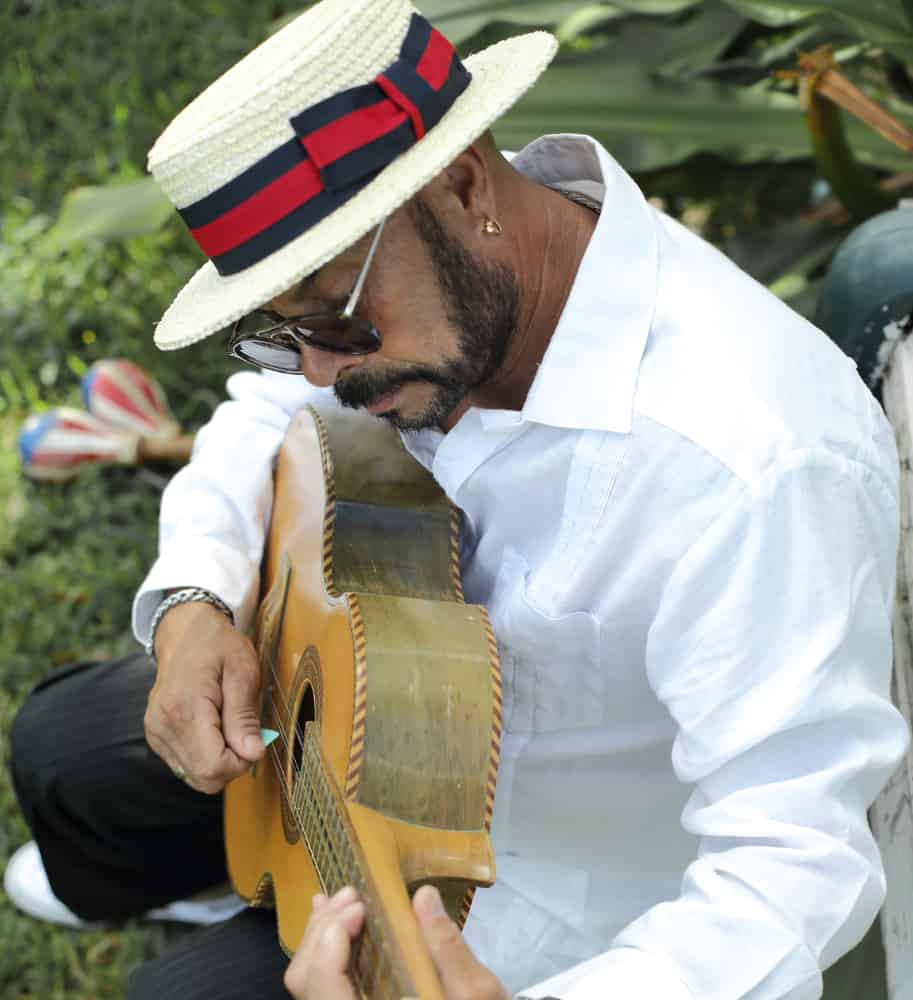
A boater made of plaited straw can appear very formal for something made from wound lengths of plaited straw. The boater is a pleasing unisex and universal addition to the summer ensemble. Despite a blistering summer, the hat-producers of Luton would have to stay at work longer than usual as they made hats for students, vaudeville performers, priests, and decent ladies on picnics.
This account of the boater is impossible without mentioning Luton, an unassuming town. As a center of the UK’s straw-plaiting and hat-production ventures for nearly 200 years, Luton is known for its car plants and has a London airport that’s not extraordinarily close to London by any stretch of the imagination.
The silica-rich soils in Bedfordshire ensured that straw was exceptionally hard, flexible, and strong, and a 2013 Historic England investigation of Luton’s hat production practices found that straw plaiting was prevalent as early as the 1680s.
In the late nineteenth century, when China provided a cheaper plait for the homegrown straw industry, the workers of Luton essentially relocated further down the production line, thus killing the homegrown straw industry.
In all fairness, the straw hats stopped being plaited instead of being made into hats with the brought stuff into consideration. It was Luton, which was in the middle of nowhere, that became the boaters headquarter as boating gained prominence.
In general, boaters’ blasts were short. A decrease in styles took place at the end of the First World War. Society women were gradually withdrawing from love with the boater for varied reasons, while men in town were increasingly being lured by the really running Panama.
In light of the fact that boats were embraced by the socially unsure at the end of the nineteenth century, Harrison states that boaters and boater hats were famous among mature ladies and young ladies.
After the Second World War, the hat industry in Luton nearly vanished, but the relationship between the neighborhood and boaters endures. A blue ribbon is etched into a little boater at Luton Town Football Club, known as the Hatters.
A Guinness World Record was set in August 2014 when 797 Lutons gathered in one place wearing boater hats to set a worldwide record.
Where to buy it
You can find boater hats at sporting goods stores. They are also available online with major retailers like Walmart.
Other Hat Choices
Cloche hat

Cloche hats remain one of our most popular ladies’ hats too, as they are among the most consistently mainstream styles of the last century.
Like the fedora, which rose in popularity alongside the cloche in the early part of the 20th century, the cloche stayed consistently stylish, perhaps because of the exemplary simplicity of wearing it, or because of the wide range of materials and occasions for which it could be worn.
Caroline Reboux, who created the cloche, is credited with its creation in 1908 and its subsequent fame. The most important period in the history of the cloche is 1920-1930 when flappers, movie stars, tycoons, and shop assistants were all known to be wearing it.
When the flapper movement decided to develop in the 1920s, the cloche gained so much fame among the ladies that it was important that it be an essential part of the uniforms.
The hat could be worn by anyone, much like the fedora, and it would complement the face shape and appearance of almost anyone who wears it. In the beginning, it was made of felt, but as soon as it was produced, it was changed to a variety of materials including silk and nylon.
In spite of the fact that the tuxedo has been worn virtually continuously for the last century despite the fact that it gained general fame during the 1920s, the ‘60s, ‘80s, and furthermore in recent years.
Several kinds of cloche can be worn for a wide variety of occasions. This is one of the factors that contribute to their value. In addition, to hand-sewn cloches, there is also a series of dramatic hand-sewn hats that pair unbelievably well with any cool climate outfit, adding an extra layer of contemporary style to a traditional sew cap without compromising the warmth or ease of use.
A cloche hat’s shape is another of its extraordinary feature. A hat constructed with a low bell state effectively cups a person’s head from side to side, down to the neck, and over the ears, as well.
Besides being an attractive way to highlight the material of the wearer, this hat offers extraordinary protection from the chill and breeze, and due to the virtue of being worn so low, even the somewhat short edge of the cloche protects the eyes from the rain or the sun extraordinary well.
As a result, the cloche becomes a durable, commonsense hat that can be made in felt of wool, hide felt, or even be woven when it’s cold, or in a straw or paper cloche in the summer to keep you cool.
Homburg Hat
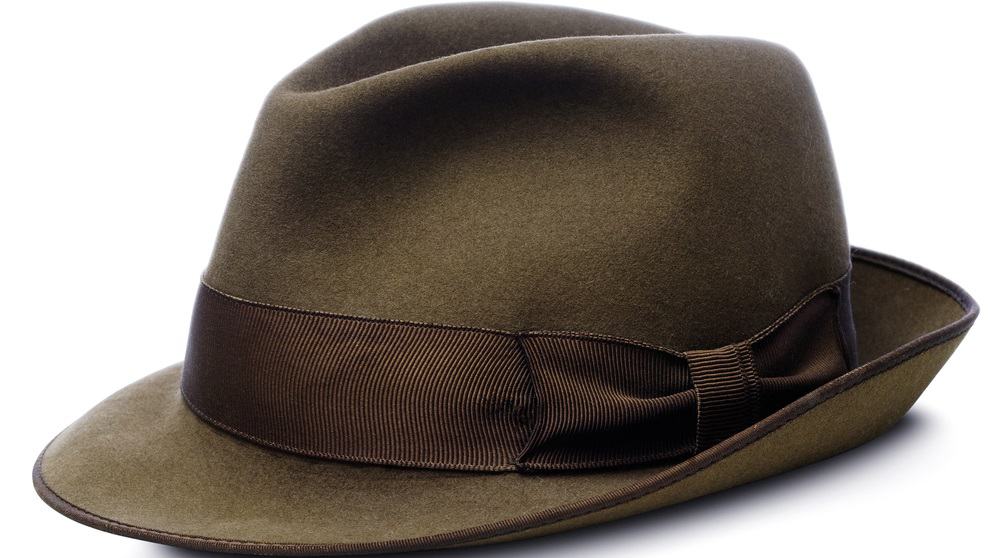
German spa town Bad Homburg is renowned for its mending waters, hence the name of these hats. After returning home from one of his journeys, the king of England, Edward VII, set hikes His hat was tall, adjusted, and had a better edge when he arrived in Britain.
A global style vibe was generated by the ruler from that second forward, which was widely acknowledged, particularly among politicians and dignitaries.
Dwight D. Eisenhower, the father of the 30th American president, was photographed wearing a dark hobnail rather than a formal hat at his first initiation and at various similar events throughout his lifetime. He was widely known for wearing the homburg during the 1950s, which helped to establish the style as one of the most popular among men during that era.
While homburgs have been worn as dress hats since the early part of the twentieth century, the demand for them declined considerably during the latter part of the twentieth century as “casual” styles came to be more popular.
Even though the homburg has no history on the style map, Al Pacino set it back on the map when he wore it in a little film that you might have seen – yes, “The Godfather.” When you consider that “The Godfather” is considered to be one of the greatest films ever made, it’s no wonder that the German homburg became synonymous with the movie.”
Various distinctive features distinguish the style of Homburg hats. There is a single place crease on the crown of Homburgs. Similarly, the edges of the sides are turned up right around, making a nestled effect along the edges like a rancher’s hat.
Although several of the homburgs are broader brimmed hats with a pronounced “close-fisted edge,” there is no doubt that this improved style is the mark of such wonderful creations.
A quill is frequently finished off the hatband of homburgs in the same way as the hatband of most other fedoras. Additionally, because both hat styles are available in a variety of tones, neutrals such as dark brown, grey naval force blue, and beige can still be considered works of art.



